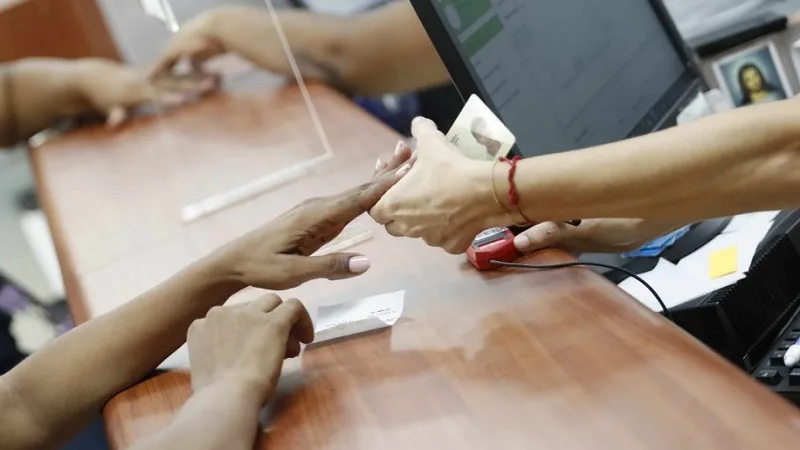Social Prosperity has made official the regulations of the Citizen Income program as an integral part of the Transfer System, with the aim of comprehensively serving the most needy households.
He program, which will begin gradually and progressively from January 2024aims to contribute to overcoming poverty, promote social mobility and strengthen the popular and community economy, guided by the principles of comprehensiveness, effectiveness and efficiency.
“As the National Government, we are committed to ensuring that people do not depend on social programs, but rather begin to generate income, because a subsidy does not take anyone out of poverty,” said the director of Social Prosperity, Laura Sarabia Torres.
The design of Citizen Income focuses on the home, the life cycle of its members and a gender, disability and ethnic differential approach.
Targeting and Selection of Beneficiaries
In the first stage of implementation, Social Prosperity will use information provided by the National Planning Department, through the current Sisbén, the Social Registry of Households and lists of the indigenous population built by Social Prosperity. Targeting will initially be directed at households with a high care burden, such as:
Households in extreme poverty with single-parent headship, prioritizing female headship, with children under 6 years of age, classified between groups A01 to A05 of SISBÉN IV.
Households in extreme poverty with at least one person with a disability requiring personal assistance or care.
You may be interested in: Speakers and coordinators announced for the debate on the Health Reform in the Senate
Indigenous Intervention Units with children under 6 years of age, registered in the indigenous population lists.
Laura Sarabia highlighted the change in the processpointing out that “people are no longer going to register to receive the subsidy, but rather the State is beginning to locate and characterize the households.”
Co-Responsibilities and Lines of Action
The Citizen Income program will incorporate a co-responsibilities scheme that promotes capabilities for social and productive inclusion. This scheme will include obligations such as identification, health and formal education, along with flexible co-responsibilities, such as nutritional education, sexual and reproductive health, non-formal education, care spaces and care training.
The program will have a community component aimed at promoting associativity, strengthening individual and collective capacities, as well as the social fabric and community work.
Lines of action:
Expansion of Capacities: Strengthening individual and collective capabilities, including physical-material, socio-political, socio-emotional, cultural and identity aspects.
Community Work and Social Fabric: Activities to strengthen ties, carry out voluntary activities, create collective projects and promote volunteer leadership and networks.
Expansion of Opportunities: Actions that facilitate access to relevant and timely programs, activities, goods and services, promoting the management of opportunities by the beneficiary population.
Laura Sarabia concluded, “What we want is for the participant to be able to train, access credit, and promote productivity in their family and home. And, at the same time, we can generate and support his entrepreneurship. So, a subsidy will have a beginning, but it must have an end.
You can read: First package of Justice reform projects will be presented to Congress in February
